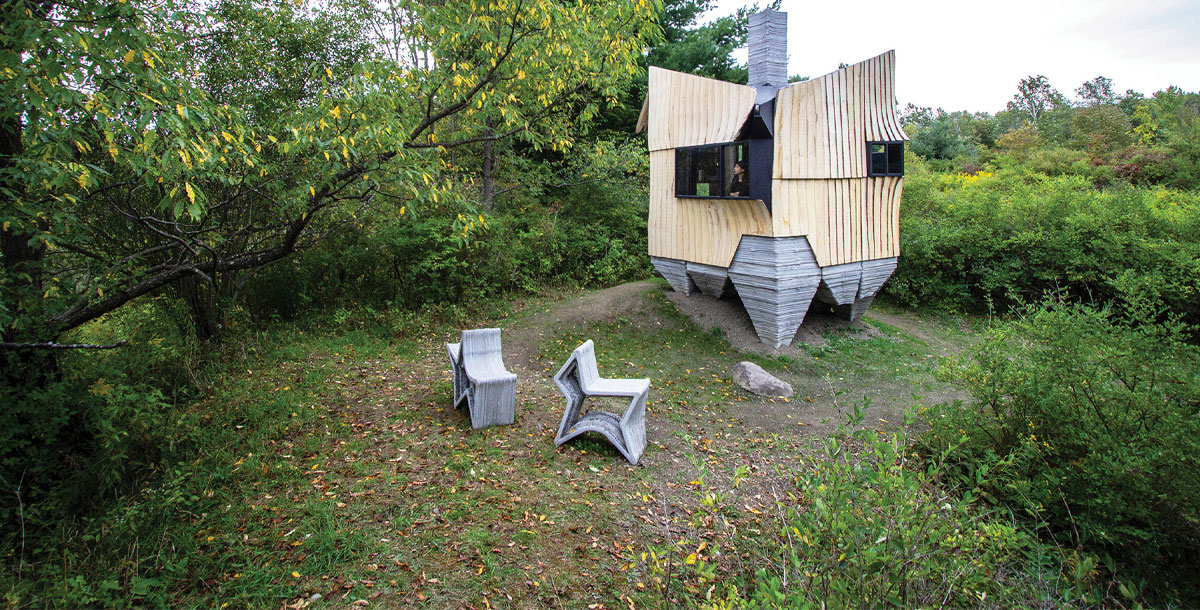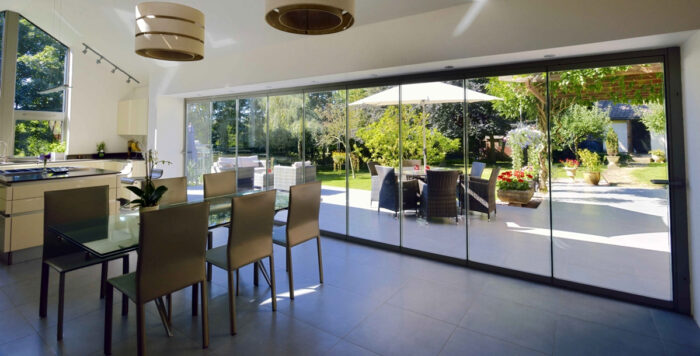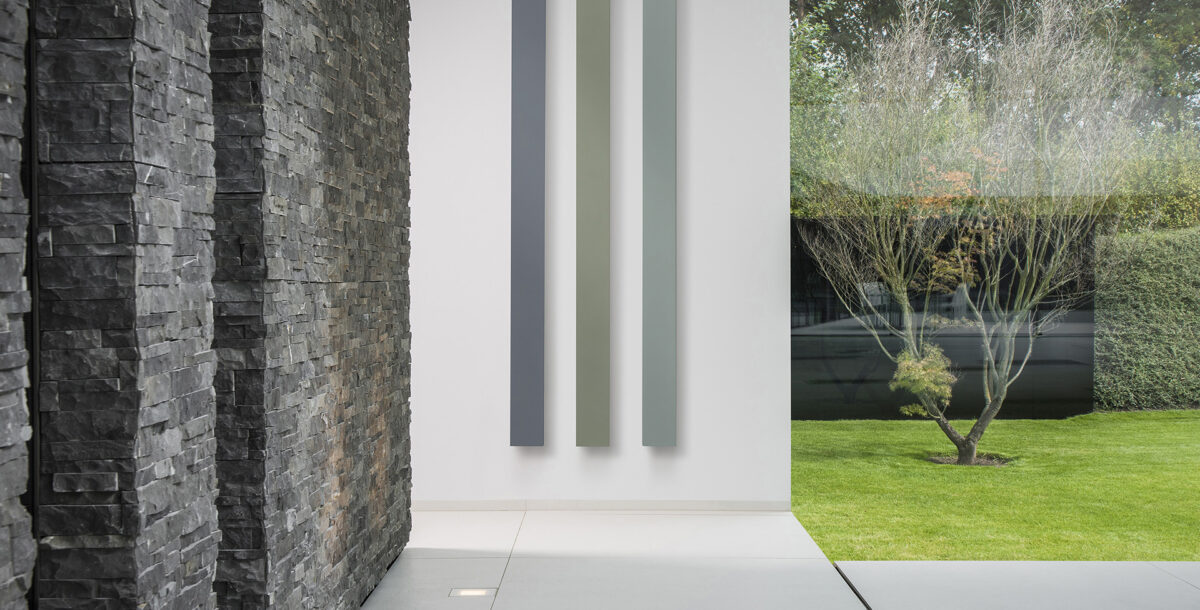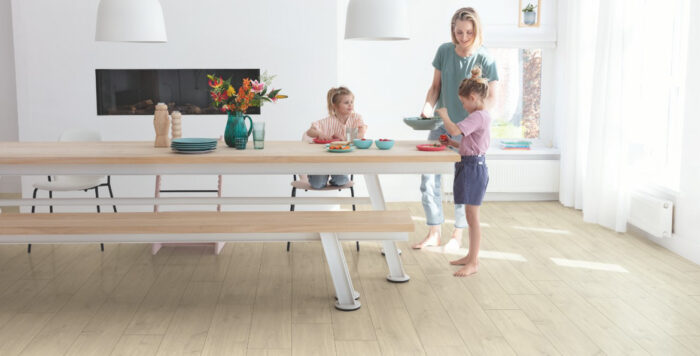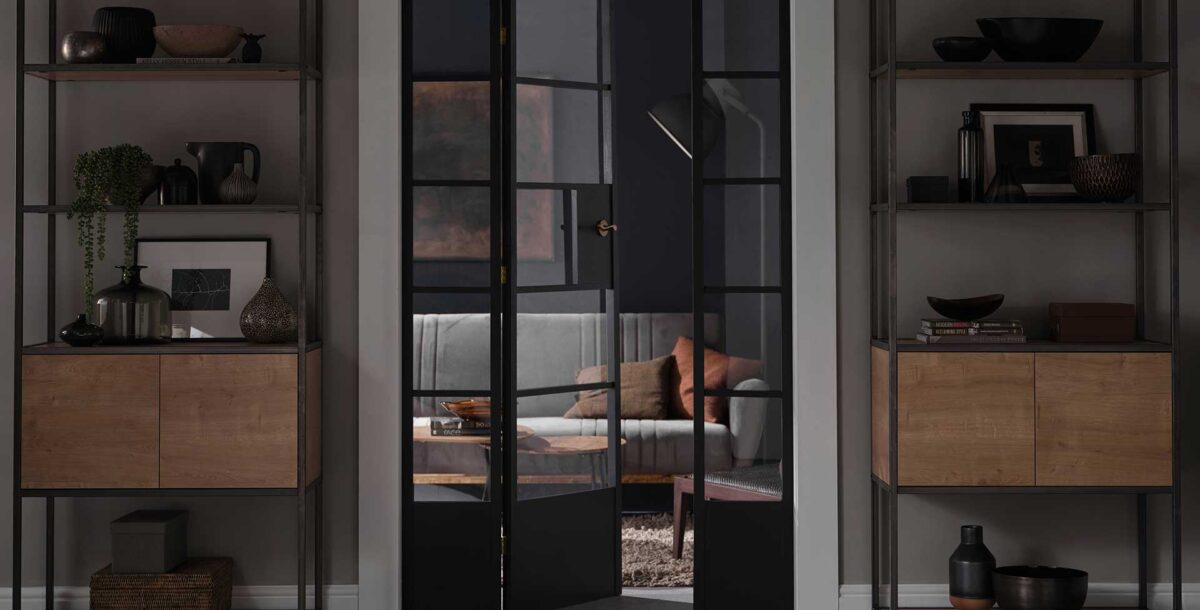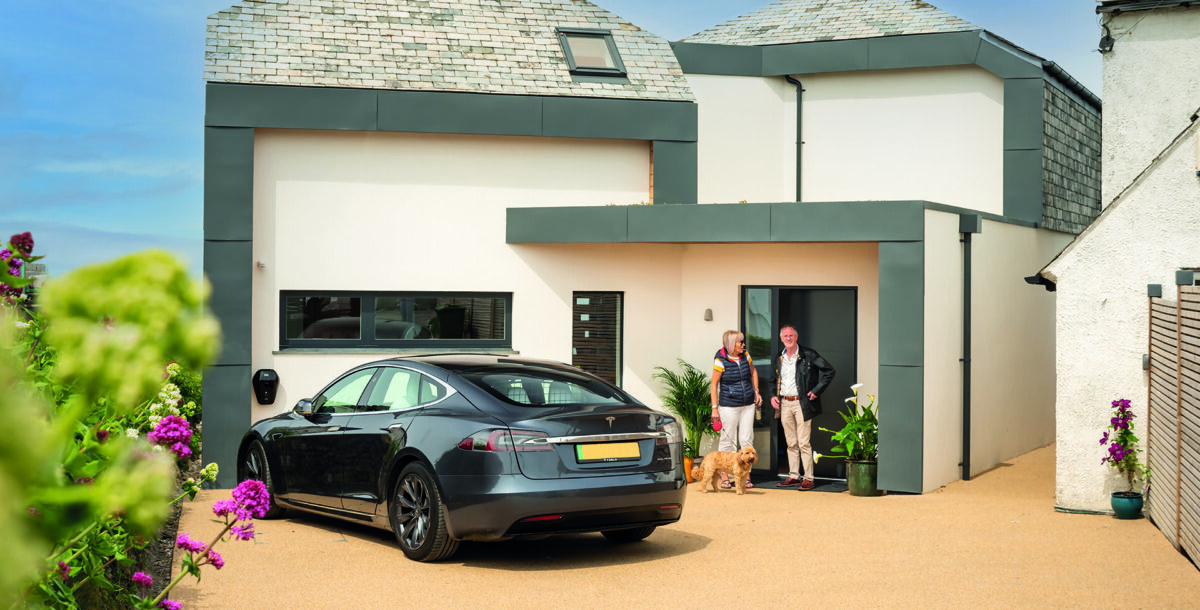A tiny cabin built with beetle-infested wood
Design studio HANNAH turned beetle-infested waste wood into a sculptural cabin
US-based design studio HANNAH found a way to avoid wasting huge quantities of beetle-infested timber from ash trees. The practice built a tiny cabin in upstate New York as a study of the material. It offers a sustainable construction solution.
An invasive Emerald Ash Borer beetle infestation results in timber that is not suitable for processing by timber mills. This is because the logs have an irregular shape. The waste wood is burnt or left to decompose. Both methods add to the overall carbon footprint of this ash timber.
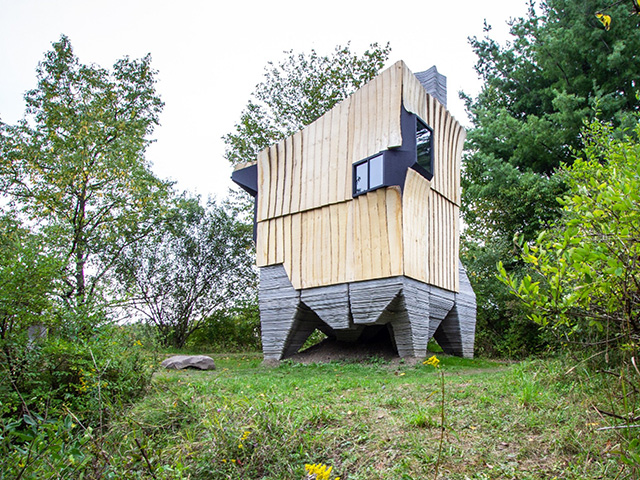
Photo: Andy Chen
The practice gave the timber a new purpose with precision 3D scanning and a robotic arm with a bandsaw attachment. ‘It’s a combination of our design research and thinking in response to the urgent condition of our natural environment and possible modes of intervention,’ says Leslie Lok, Hannah’s co-principal.
Ashen Cabin is clad in the cut ash wood. The timber retains its wavy lines and warped forms as elements of architectural interest. This is particularly evident around the black-painted plywood windows.
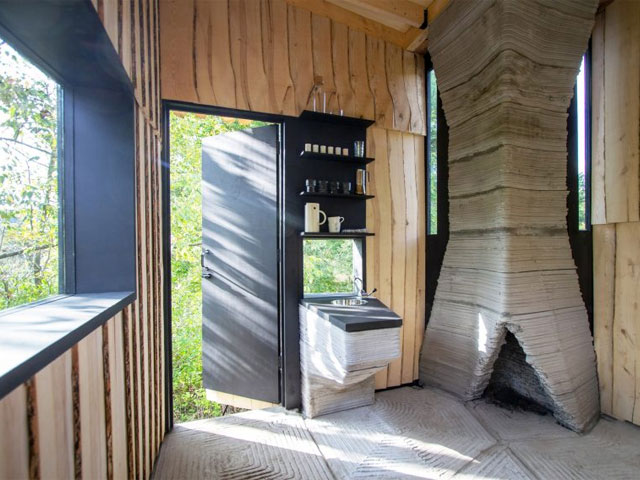
Photo: Andy Chen
The cabin sits on a base and stilts of 3D printed concrete. It’s a method that removes the need for formwork, which can be wasteful in its use of the material. It also ensures concrete use only where structurally necessary. Reducing the amount of concrete improves its environmental impact, to a degree.
This use of the concrete is imperfect. Creating what the practice describes as ‘tectonic articulations’ in the material, which is also used for the chimney. When the ash weathers, it will grey, matching in with the concrete elements of the cabin.
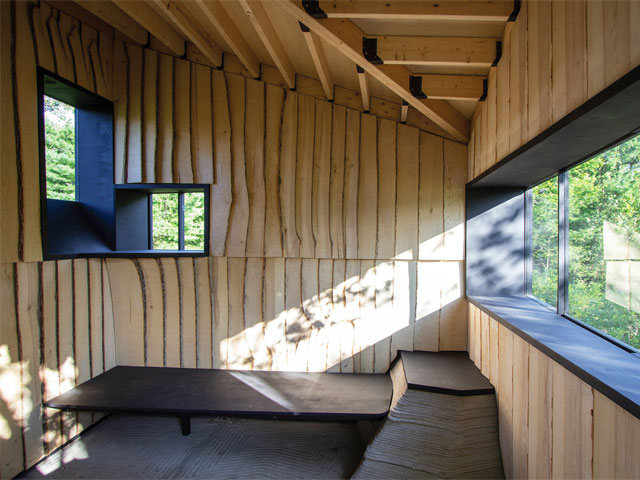
Photo: Andy Chen

